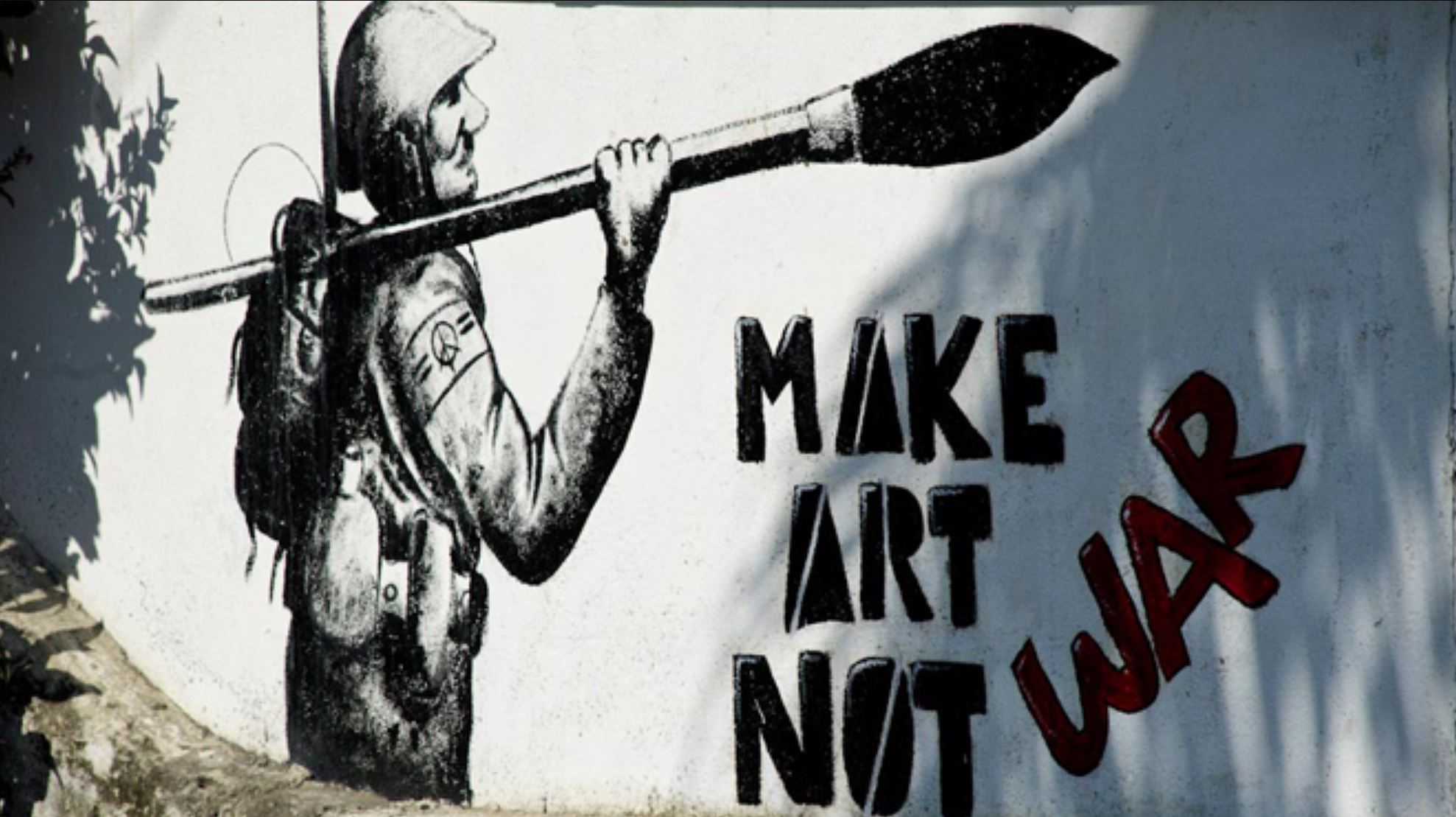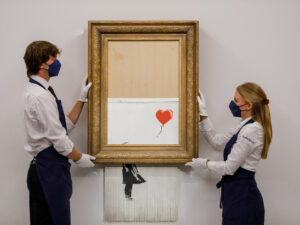
This painting by John Gast was created in the year 1872. His work of art has a substantial historical significance regarding the era of American westward expansion, guided by the concept of “manifest destiny”. The historical context reveals a population guided by their religious faith in justifying entitlement and unequivocal dominance, which is an applicable perspective to any time period. Therefore, this painting was important in its message of an American unity, following colonial times, where people living in North America were truly able to identify as Americans and claim the land as that of their own. This establishment of possession showcases a vital transition in the identities of these former colonial Americans which were now expanding to establish their own unifying character and ultimate country. The angel represents the guidance of God, accompanied by settlers moving west and industrial factors such as trains improving the nation. These inclusions resemble the period of growth experienced by Americans, however at the expense of others like Native American tribes that were removed from their homes. Hence, this piece of art may still resonate with modern society because it reflects the ideals of expansion that are still indirectly prevalent in the current world, as nations seek to improve themselves, however accompanied by the negative sentiments that are directed toward this appeal are also reflected through the communication of this painting in revealing the brutal truth about American treatments and attitudes regarding indigenous populations, relating to present subjects of equality and injustice. Also, the historical context reveals a population guided by their religious faith in justifying entitlement, which is an applicable perspective to any time period. Overall, this painting possesses a significant meaning within the time period that it occurred throughout and partially in the contemporary world.










